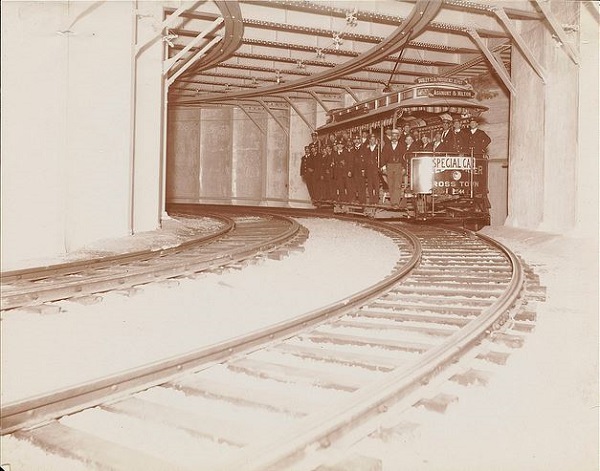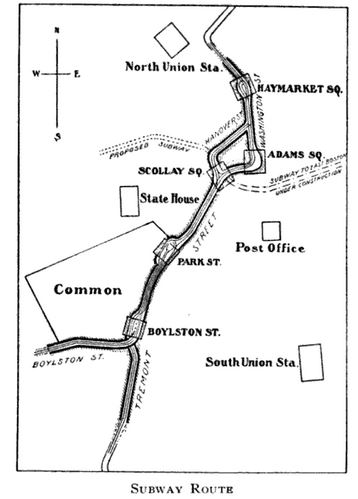Grade-separating light rail like Eglinton-Crosstown could have allowed longer trains and more frequently without worry of disrupting on-street traffic, including pedestrian traffic. But since Eglinton-Crosstown will also have on-street sections, i.e. it is not full subway line, it will not be able to take advantage of that grade separation to increase capacity. They will still have to limit the size and frequency of the trains the same as an on-street light rail line, and therefore the capacity will still be the same as other modern light rail.
And of course, LRVs are much narrower compared to the subway trains. Even if the light rail trains are the same length, the capacity is still significantly lower.
The tunnel might be able to allow the Eglinton trains to operate faster than other light rail, so fewer trains need provide the same headway, so it will save money on operating costs. But the capacity of the line will always be constrained by the on-street sections. To use longer, wider, more frequent trains like a subway line, it would mean full grade-separation.






